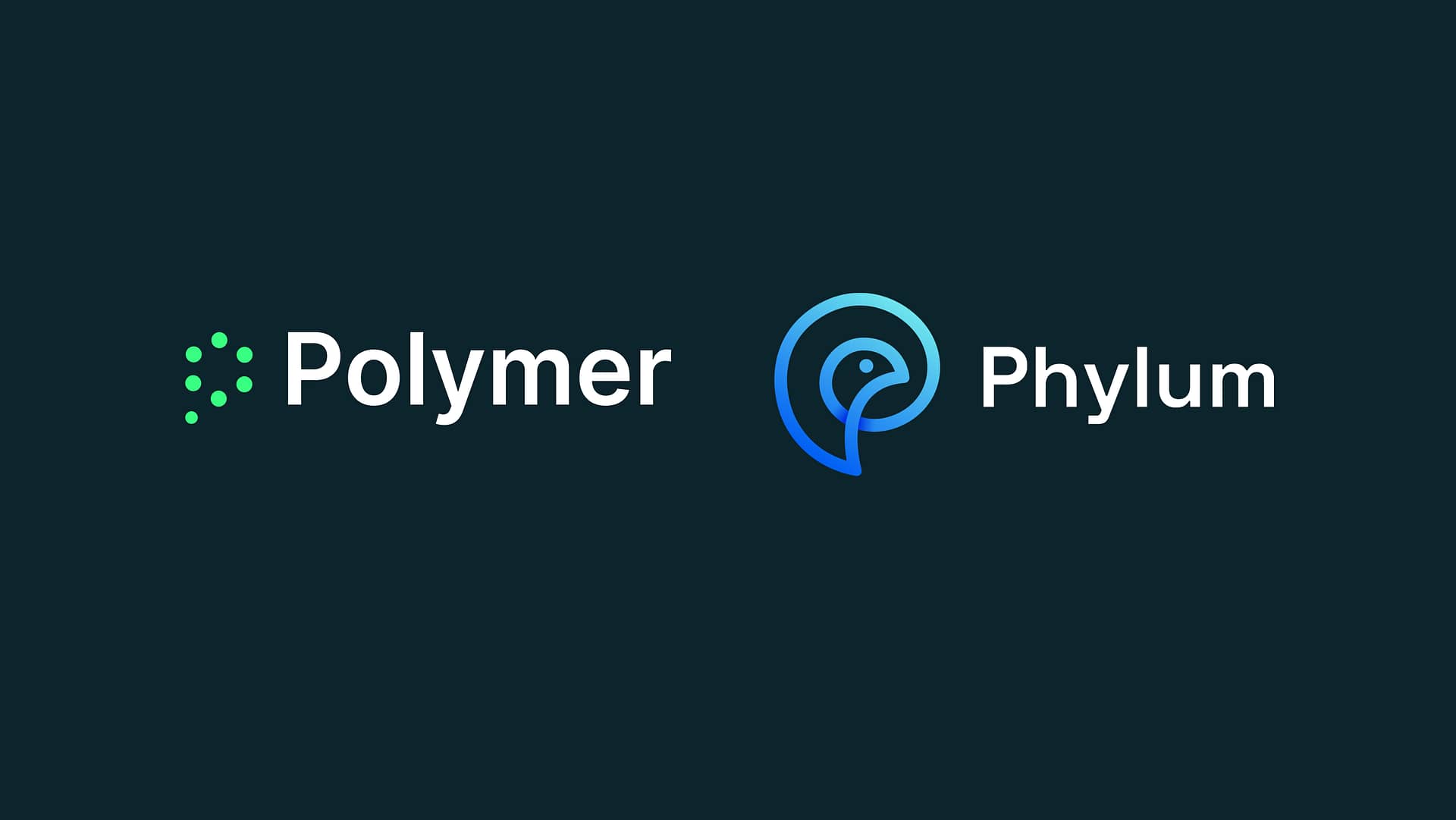Think of the workplace 30 years ago, before the proliferation of the internet. The way we worked, communicated, and operated was completely different. While internet usage is now a given in every business and household, its adoption required a significant shift in operations, processes, and culture.
Fast forward to today, and AI is poised to create a similar revolution. Just as businesses reimagined the workplace when the internet became mainstream, AI will require companies to rethink their workflows, decision-making processes, and even their organizational structures. However, some companies will adapt and harness the power of AI faster than others. Why? Because of AI readiness.
Is your organization ready for AI? Discover what AI readiness is, why it’s important, and common obstacles to AI success.
Defining AI readiness
AI readiness enables organizations to embed ethical and accurate AI into the nucleus of their operations. It involves laying the right foundations to fully leverage AI’s capabilities. It is a complex undertaking with multiple moving parts, spanning technology, compliance, DevOps, culture, and data management.
To understand where your organization falls within the realm of AI readiness, look to Gartner’s model for AI maturity. There are five stages:
- Awareness: AI discussions have begun, but implementation is yet to happen. There is no defined strategy, and pilots are yet to occur.
- Active: AI is starting to take shape in the form of proof-of-concept projects and pilot projects. Teams are exploring its potential through knowledge-sharing sessions, and early conversations around AI policies are taking place.
- Operational: An AI project is live and driving results. There is executive buy-in, established policies and procedures, and a dedicated budget to move AI initiatives forward.
- Systematic: AI is now embedded in several products and services, and employees have embraced the technology across departments.
- Transformational: The organization has reached AI readiness, with the technology woven into the very fabric of the organization.
Currently, the majority of organizations fall into the ‘awareness’ and ‘active’ stage of AI readiness. Only 12% of companies have reached the ‘transformational’ stage. However, that does not mean there is reason to wait. As Accenture research shows, AI ready organizations attribute almost 30% of their revenue to AI. They also achieve 50% greater revenue growth on average, compared with other organizations.
Why AI readiness matters
The sooner your organization is ready to tap into the power of AI, the better. Research consistently shows that AI has the potential to revolutionize productivity, efficiency, and innovation. In fact, it’s already happening.
While generative AI tools like ChatGPT and Bard have brought AI into the mainstream, forward-thinking companies embedded this technology into their operations years ago. Take Ocado, Facebook, Wayfair, and Alibaba, for example—these brands owe much of their success to being early adopters of AI, giving them a competitive edge in today’s market.
But AI readiness isn’t just about seizing opportunities—it’s also about managing risks. An AI-readiness framework provides the guardrails for safe, ethical, and trustworthy adoption. AI, after all, is a complex and nuanced technology that must be deployed with care.
Without proper planning and safeguards in place, organizations risk encountering AI-triggered data breaches, inaccuracies, and even “hallucinations.” If AI is scaled up without the necessary protections, the consequences could be severe—for both your organization and your customers.
Obstacles hindering AI readiness
AI readiness should be the goal for all organizations, large and small. In the coming years, this technology will move from a competitive differentiator to a must-have. Those that capitalize on the opportunity early will be in the best position to leapfrog competitors and unlock new efficiencies.
However, becoming AI ‘ready’ is no simple task. It demands a comprehensive, organization-wide approach that integrates technology, strategy, and culture. Along the way, businesses will face challenges that can impede successful implementation. Here are the primary concerns:
- Data quality and availability: AI is only as good as the data it learns from. Organizations need large volumes of clean, accurate, and well-structured data to make reliable predictions and informed decisions. Without this, AI models are prone to inaccuracies, limiting their potential impact.
- Lack of AI talent: The demand for AI specialists—data scientists, machine learning engineers, and other AI experts—far outpaces supply. This talent shortage makes it difficult for organizations to build, deploy, and maintain effective AI models.
- Integration with legacy systems: AI needs to integrate seamlessly with legacy systems, which can be a costly and time-consuming process.
- Ethical considerations: AI systems raise important questions about fairness, transparency, and accountability. Ensuring that AI operates ethically—without reinforcing bias or breaching privacy—is crucial, especially for businesses in highly regulated industries.
- Security and privacy risks: AI systems depend on large volumes of data, and protecting that data from breaches and misuse is vital. Organizations need to establish stringent AI security protocols to safeguard sensitive information.
- Cost of implementation: Deploying AI at scale requires significant investment—both in terms of technology and human resources.
- Cultural shift and change management: AI involves a cultural shift. Employees must adapt to new workflows and be open to using AI tools in their day-to-day tasks.
Moving towards AI readiness
So far, we’ve discussed what AI readiness is, why it matters for organizations in all sectors, and the common challenges that hinder AI adoption. In part two of this series, we’ll explore how to overcome these challenges using a five-pillar framework for AI readiness.
And if you’d like to assess your organization’s state of AI readiness, click here for our free AI-readiness assessment. Through a few simple questions, we’ll help you evaluate your organization’s readiness to adopt AI, and build a successful roadmap for implementation.Click here or scan the QR code below to get started.









